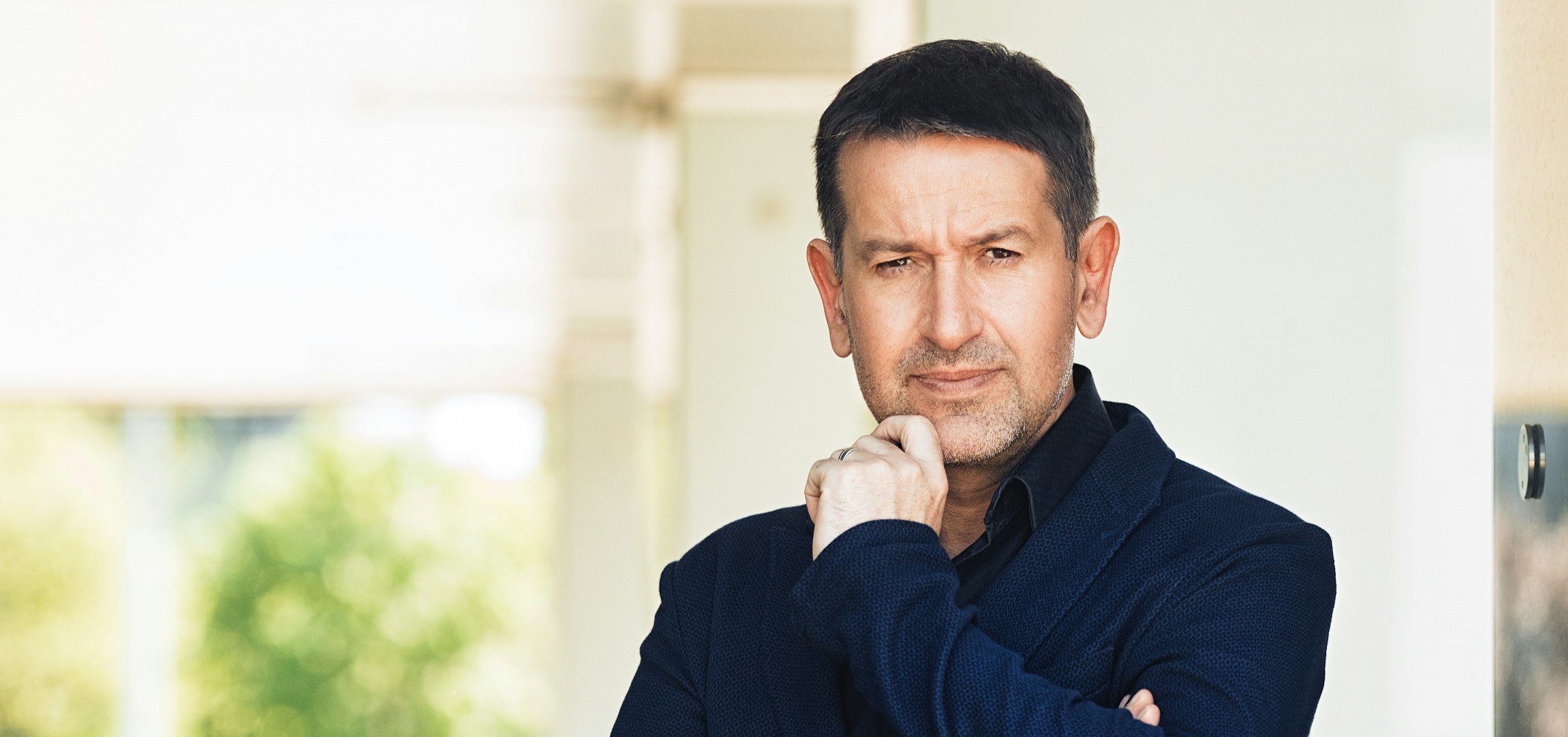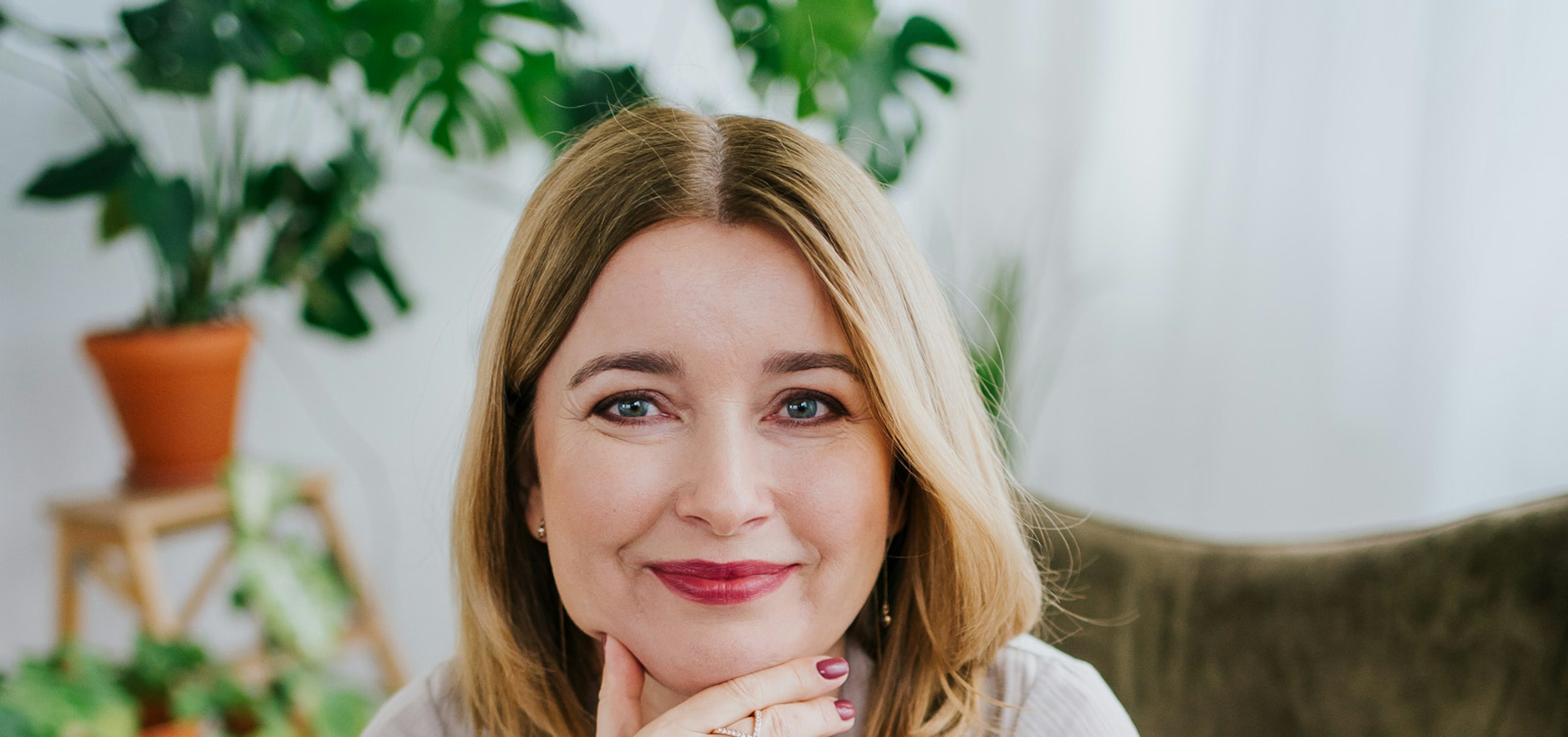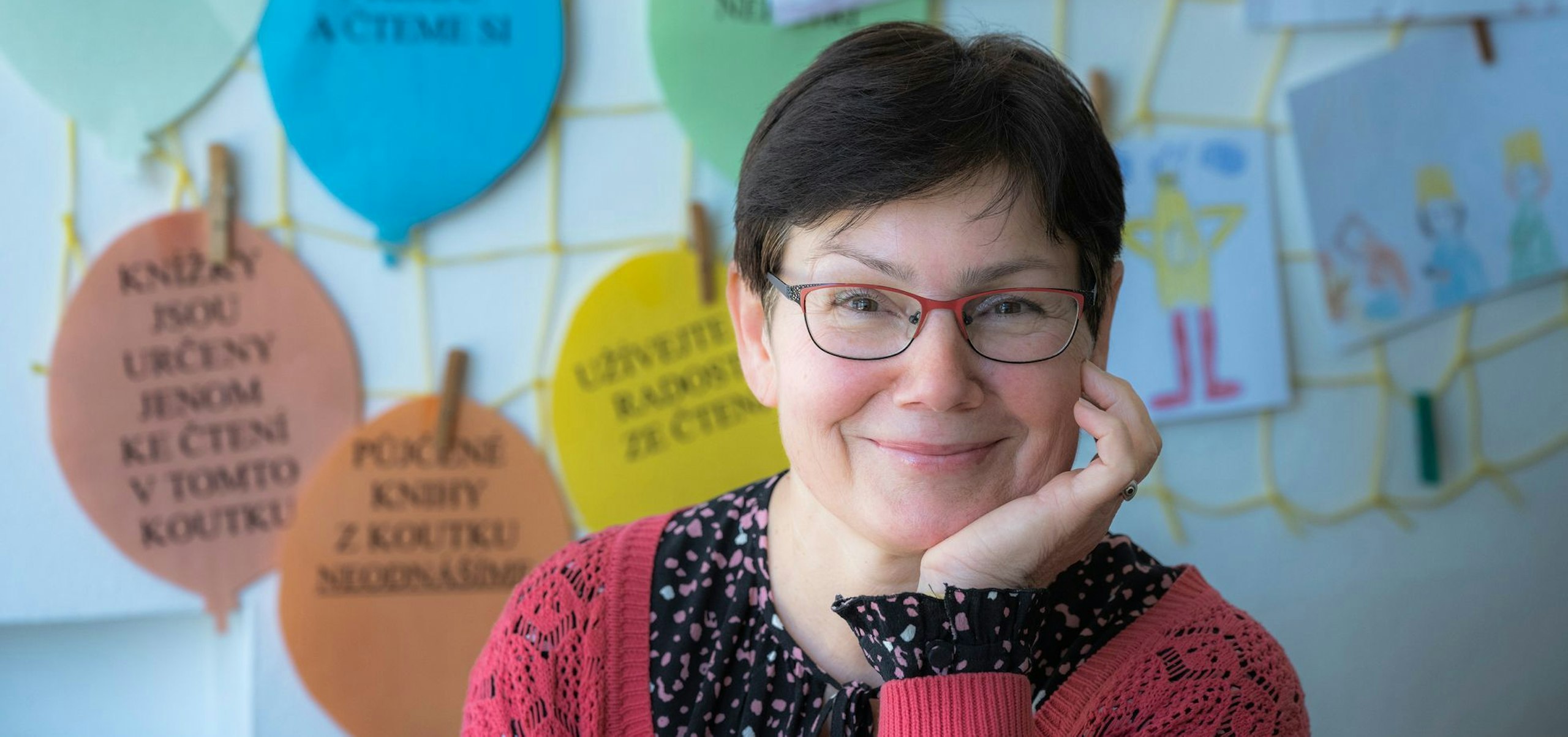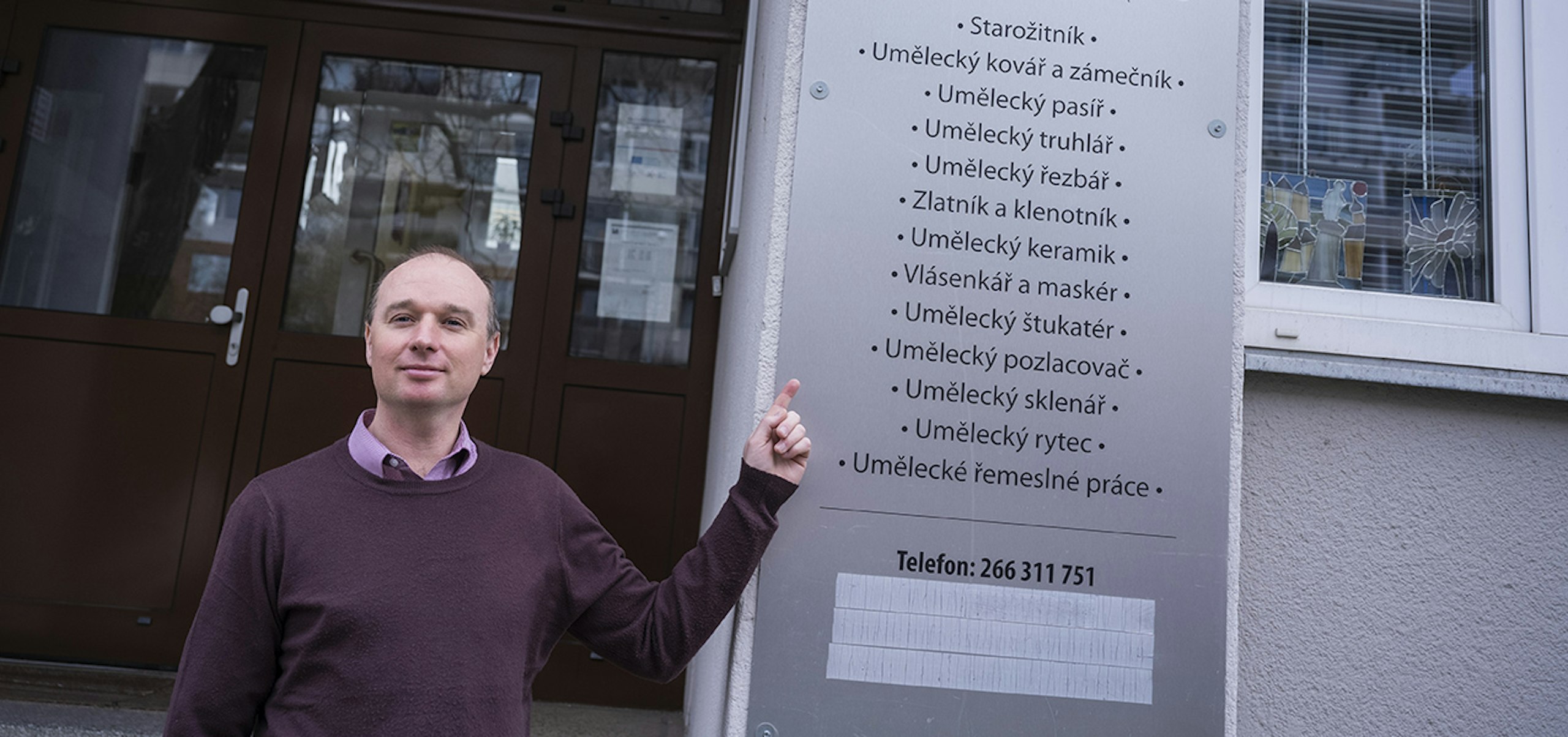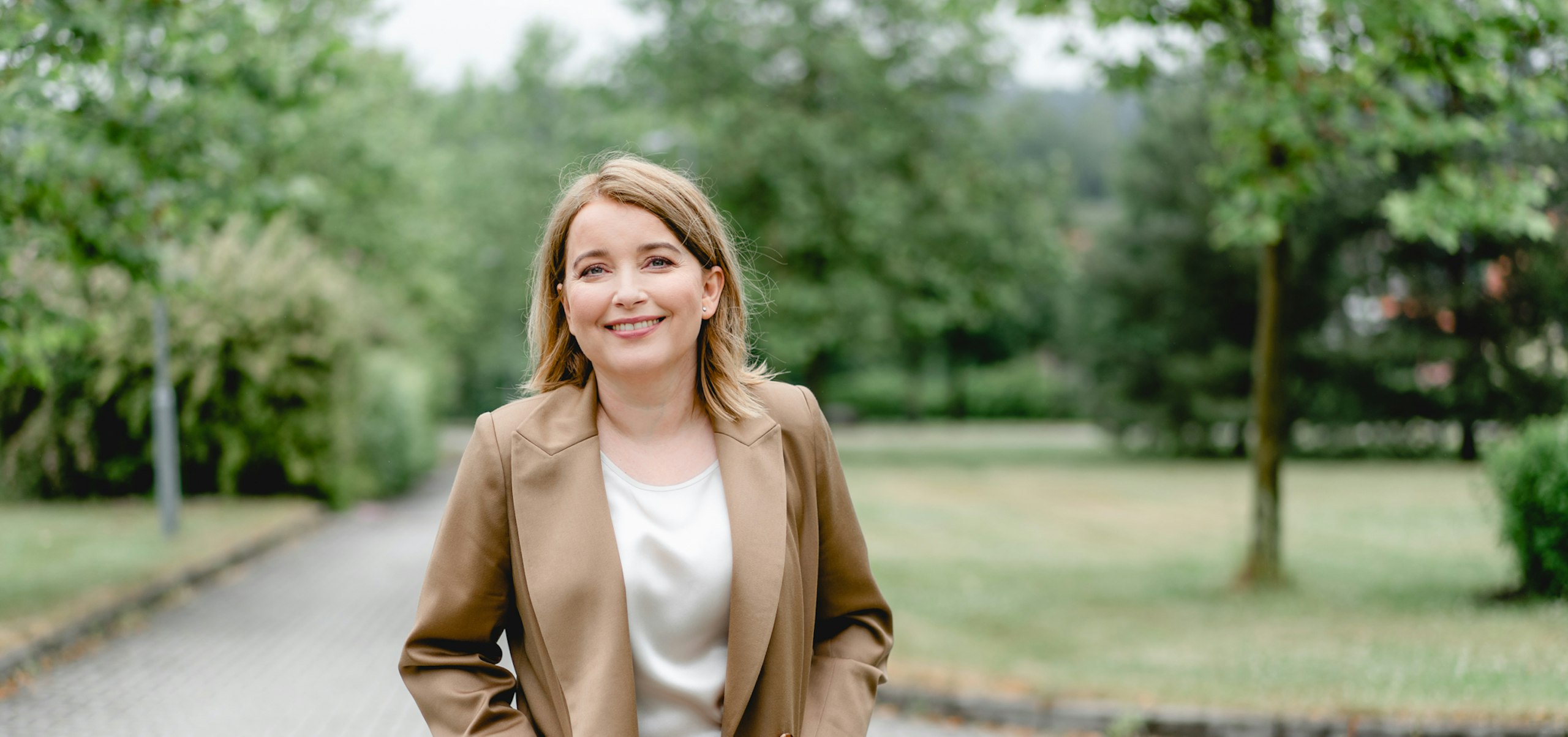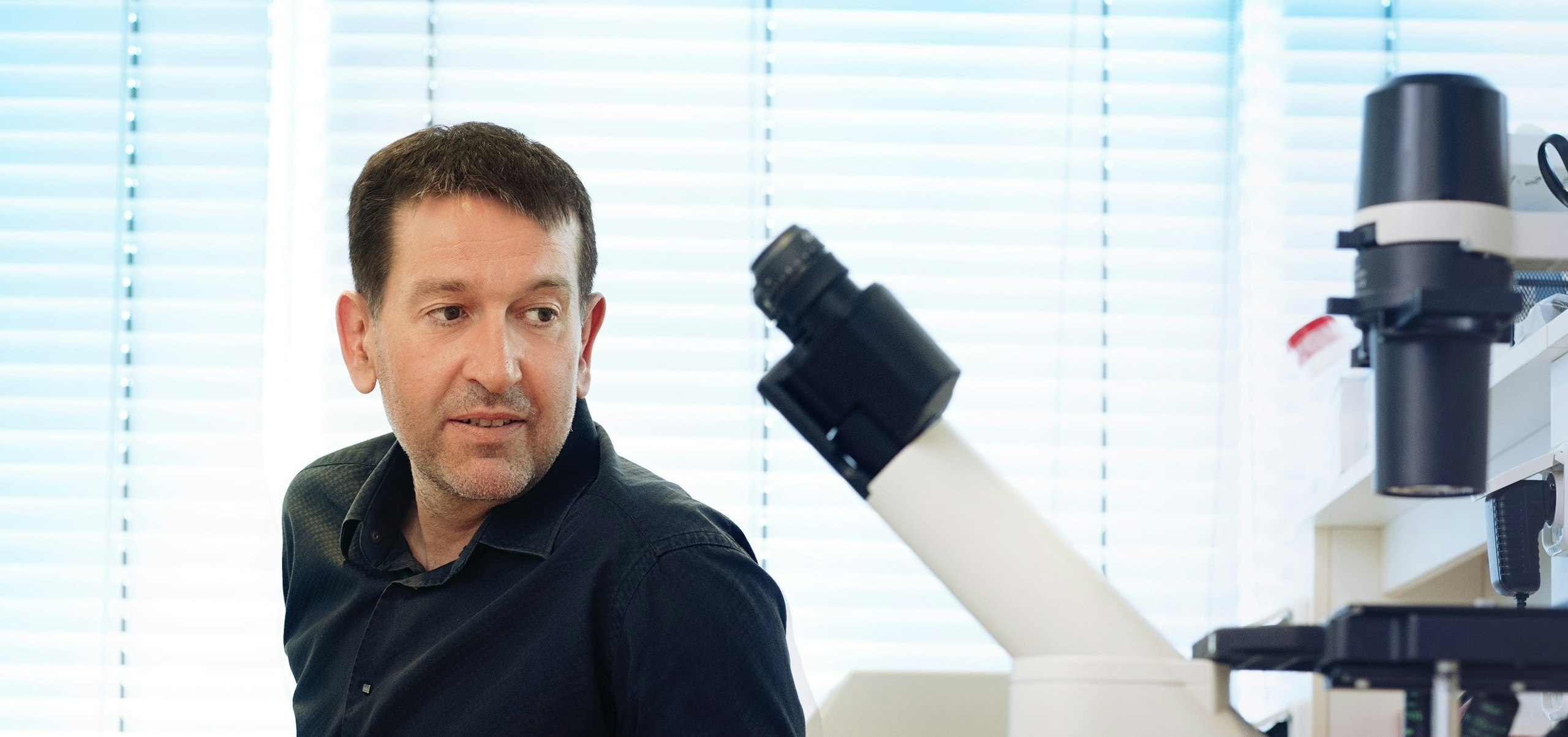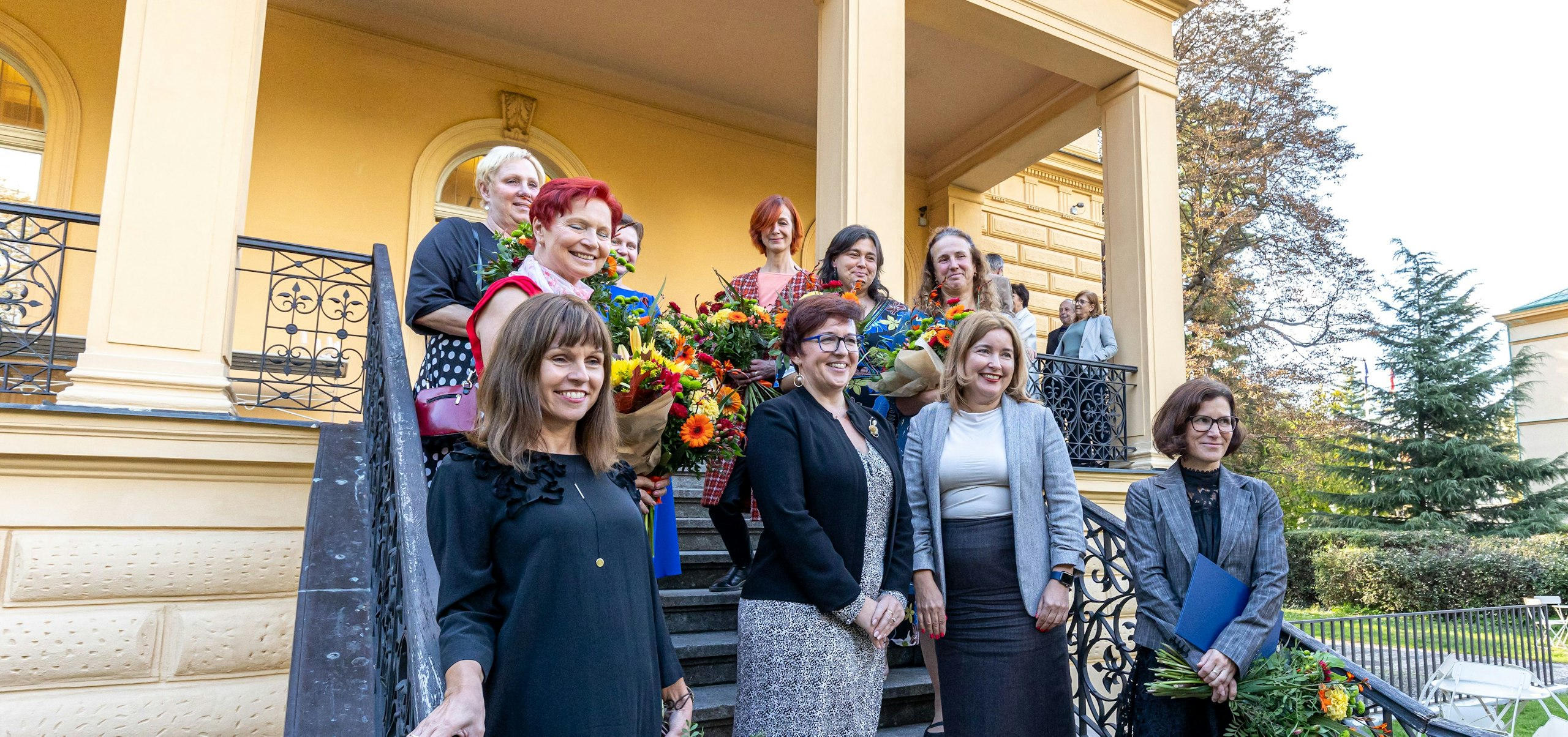Next-Generation Philanthropy: Changing the World
zdroj: Forbes US
01. 12. 2012
9 minut čtení
For a full day in June in New York, the philanthropists shared motivations, experiences, ideas and questions about philanthropy. The premise of the Forbes 400 Summit was perhaps best summarized by one of the attendees—billionaire Jorge Perez, Chairman and Chief Executive Officer of the Related Group of Florida, a real estate development firm who told Forbes Insights, "People who have achieved financial success have an obligation to give back." This sense of obligation has not been weakened by the recent financial crisis. In a Credit Suisse snap poll conducted during the summit, 46% of attendees said that the slow global recovery has not affected their philanthropy at all. Following up on the lessons of the Forbes 400 Summit, Credit Suisse and Forbes Insights conducted a broader, global survey of 264 people with investable assets of more than $1 million in order to further understand giving patterns and challenges. "Philanthropy is a journey, not a destination," says Julia Chu, Head of Philanthropy at Credit Suisse. "During this journey, one continues to gain insight and perspective."
Seeds of Giving:
PERSONAL VALUES AND FAMILY LEGACY
Personal values drive the philanthropy of the majority (70%) of survey respondents; a third cited the influence of family legacy. As assets grow, the family legacy becomes more important, with a need to balance family versus individual priorities. "My inspiration partly came from a solid family tradition: my forebears saw it as a natural part of the responsibility that conies with wealth to share one's riches with fellow men in need," says billionaire Stephan
Schmidheiny, former owner of construction materials manufacturer Swiss Eternit Group. Miami-based Perez attributes his giving to the hard lessons of his parents' life: "They were wealthy but lost everything they had when Castro came to power in Cuba. They always felt that people who had money needed to redistribute wealth to prevent revoliiions." New York real estate magnate and billionaire Stephen Ross agrees with this sentiment: "I was brought up with the idea that it is important to give back and not take any-thing for granted." He plans to leave over half of his estate to a foundation that will be active in giving. But while older generations serve as inspiration, younger generations follow their own values and sup-port the causes they themselves choose. Three-quarters of survey respondents said that they had a different phil-anthropic focus than their predecessors. Cays Chicago-based Liesel Pritzker Simmons, "Giving was a part of my family culture and my initial inspira-tion. As I grew up, giving took on a whole new meaning. I traveled and volunteered. My personal experiences pointed out inequalities around the world." She now heads the not-for-profit she founded in 2008, IDP Foundation, which focuses on education and microfinance initiatives.
Swiss billionaire Schmidheiny is also an example of building on and enriching his family's giving. In keeping with the family tradition, he first began his charitable activities in Switzerland, supporting conservation of the cultural heritage, and protecting women's and children's rights and the environment. But after his involvement in the 1992 Rio Earth Summit and the creation of the World Business Council for Sustainable Development, he expanded his philanthropy to promoting sustainable forms of development in Latin America. In 2003 Schmidheiny also bumped his family legacy up a notch in terms of vol-ume of giving when he donated $1 billion to a trust that funds sustainable development in Latin America.
How Giving Can Evolve:
FROM CUTTING A CHECK TO A FAMILY FOUNDATION
The panelists at the Forbes 400 Summit on Philanthropy were not shy about describing their early forays into philanthropy, which at the beginning often meant cutting a check, as well as some rookie mistakes and disappointments: not finding the right organization to support their cause, or not having their money used the way they had intended.
Over half of survey respondents (55%) said that the nature and commitment of their philanthropis giving has changed over time, but the continnal learning ha yielded results, with 42% stating they are satisfied with the path their philanthropy has taken „Some years ago I called my Avina Foundation 'an open-ended learning experience," says Schmidheiny.
The philanthropic educational journey ofter includes finding advisors and partners for early learning and collaboration, as well as choosing the right vehicles for giving, including the formation of a foundation.
"Whatever philanthropists' passions might be, they have to decide their own personal level of involvement and not underestimate the administrative aspects. We can help guide and direct discussions on what it means to be hands-on versus partnering. It is very personality specific," says Anthony DeChellis, Chief Executive Officer Private Banking Americas of Credit Suisse Group.
Philanthropists become a source of ideas and inspiration to each other as well, especially among the ultra-wealthy. Thirty-six percent of survey respondents with investable assets over $50 million consult with fellow philanthropists, sometimes at events such as the Forbes 400 Summit on Philanthropy, versus the survey average of 21%. "I have been talking to Bill Gates about the giving pledge. Talking to people of like minds continues to encourage you to give. All were inspired by other philanthropists," says Perez about his participation in the Forbes 400 Summit.
Pritzker Simmons focuses on corralling her peer group of young inheritors of wealth and helping them tackle the responsibility that wealth requires. "There are varying degrees of recognizing yourself as a philanthropist. You have to say, yes, I am a young inheritor of wealth, yes, I am a philanthropist, not just a socialite."
While the largest group of survey respondents (59%) said they rely on unrestricted gifts to charity in their philanthropy, control of how monies are spent is a critical issue. As investable assets grow, establishing a family foundation becomes a part of the discussion. Over a third (36%) of survey respondents with investable assets over $50 million have established a private foundation, compared with 18% of those with investable assets over $1 million.
Setting up a family foundation is a deep emotional experience that goes well beyond how money is raised and disbursed. "In many cases, a family foundation begins with a blank slate," says Credit Suisse's Chu. With guidance, philanthropists may inscribe on this slate a mission based on family history, core values, personal passions and longterm vision. "It is a holistic process that we run through with each of our families," adds Chu. Pritzker Simmons believes foundations are one piece of the puzzle. "This generation won't be limited by what a foundation can do. This generation is thinking of different vehicles, using media and using for-profit investments to further their causes. In my own philanthropy, there are some times you just want to cut a check. There are some organizations that are doing great work."
Bill Woodson, Managing Director, Co-head of Private Banking Americas UHNW Business at Credit Suisse, adds that at higher levels of giving, a key best practice is leveraging partnerships. "At this level it is more than what their pocketbook can do. A philanthropist will partner not because they don't want to do it themselves, but because they want to do it the best." For example, Warren Buffett chose to support the Gates Foundation versus going off on his own and starting a new giving entity.
Challenges to Giving:
HOW TO MEASURE PHILANTHROPIC SUCCESS
But I regard it as an even greater success when I see how a frightened 11-year-old girl, with a difficult childhood, grows into a self-confident young lady at the grammar school, with developed notions of what she wants to achieve in her life, and an understanding of what social responsibility means.
Renáta Kellnerová
The greatest challenge identified by respondents in realizing their philanthropic goals is meeting their own expectations. The barriers set are high: 80% of respondents believe that the failure rate of their philanthropic investments should be less than 50%. A majority of respondents surveyed have a short time horizon—a decade or less—for seeing a return on their philanthropic investment. As investable assets increase, this time horizon increases as well.
"It depends on the project," says Pritzker Simmons. "We tend to like longer-term goals. You can't turn a community around in three to five years. I think that is one of the biggest challenges of philanthropic giving, the short versus the long term. You have to keep the courage to pursue your goals even if you feel you have been at it for a long time and nothing is happening."
Credit Suisse's Woodson says that evaluating the philanthropic dollar is an important area of new philanthropy. "There is a perception of a high level of inefficiency. An industry has emerged over the years to help funders evaluate the effectiveness of their giving."
Some tools to measure success and return on investment: the Impact Reporting & Investment Standards (IRIS) and the Global Impact Investing Ratings System (GIIRS), which assess the social and environmental impact (and not solely the financial performance) of companies and funds. "Formal impact reporting is still a new field. The process is labor intensive. The challenge is how to extract meaning-ful information without impeding general operations," says Credit Suisse's Chu. Other ways of checking impact include site visits and interviews with constituents.
Another word of advice from Credit Suisse's DeChellis: "You can't be afraid to make mistakes. We help people think about trying new products and new ideas. You don't have success in every business idea. What you want is your batting average to be good."
Renáta Kellnerová—along with billionaire Petr Kellner, the wealthiest man in the Czech Republic—manages The Kellner Family Foundation, which focuses on education. One of the foundation's projects, Open Gate, provides scholarships to students. Kellnerova says that she thoroughly assesses, for instance, the number of Open Gate students who enroll at prestigious universities. "But I regard it as an even greater success when I see how a frightened 11-year-old girl, with a difficult childhood, grows into a self-confident young lady at the grammar school, with developed notions of what she wants to achieve in her life, and an understanding of what social responsibility means," says Kellnerová.
Creating a Legacy with Future Generations
Just as they were inspired by their parents and grandpar-ents, today's philanthropists believe that they are setting an important example for future generations (58%). "I want to create a legacy. I want my grandchildren to know they had a family member who gave back. Hopefully, by establishing a foundation I will create a legacy of giving," says Perez.
As a result, 42% are developing a succession plan, and half of survey respondents expect that their children and grandchildren will hold philanthropy as an important value. Over two-thirds of respondents say that they want their descendants to continue their legacy through the philanthropic entities they establish. To this end, Perez recently took his family away for a week's retreat to discuss their philanthropic plan. "They should be involved in what we support. They need to start learning now what it means."
And just as they have often pursued causes different from the ones their parents did, boosted the amount of giving or deployed new vehicles to achieve philanthropic ends, current philanthropists fully understand that the next generation will put its own stamp on philanthropy.
Komu pomáháme
The Kellner Family Foundation
Kontaktujte nás
2025 © THE KELLNER FAMILY FOUNDATION


